Customizing Seedling Trays for Specialty Crops
2025-10-01 20:31:25
For growers and horticulturists, seedling trays are not just accessories—they are essential tools for creating optimal germination conditions and healthy transplants. Standard trays may work for common vegetables, but specialty crops often require tailored solutions.
At both the start and end of this article, it’s worth highlighting that sourcing seedling trays directly from a China manufacturer with bulk supply capability provides consistent quality, cost savings, and flexibility—without relying on overpriced alternatives.
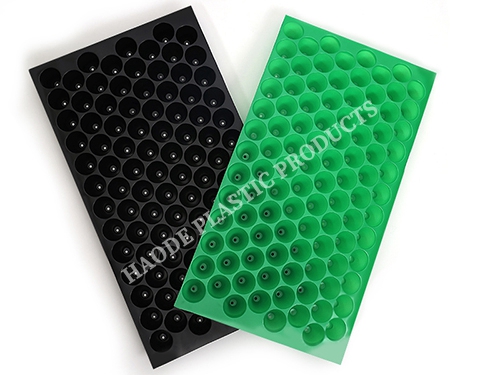
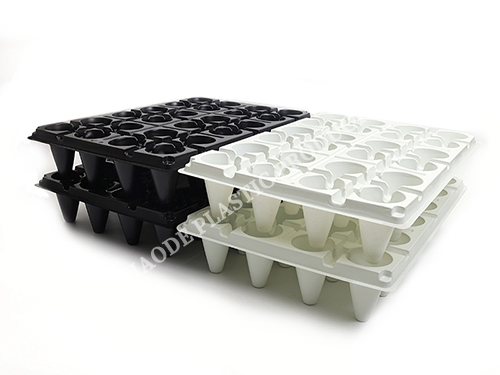
Why Customization is Essential
Specialty crops such as medicinal herbs, grafted vegetables, or delicate ornamentals demand unique environments to thrive. Using generic trays can limit root development, waste resources, and reduce transplant success. By contrast, customized seedling trays are designed to:
·Match specific root structures.
·Improve aeration and drainage.
·Adapt to greenhouse automation systems.
·Reduce material waste in large-scale projects.
Key Design Options for Seedling Trays
1. Cell Size and Shape
The dimensions of each cell directly influence seedling vigor. Larger cells are suited to crops with longer nursery phases like tomatoes or melons, while small cells are ideal for herbs or leafy greens. Shapes such as round, square, or hexagonal also impact root pruning and stability.
2. Tray Depth
Deep trays provide the soil volume needed for crops with long taproots, such as okra or peppers. Shallow trays, on the other hand, are perfect for microgreens or lettuces where rapid turnover is required.
3. Material Choice
Options include recyclable plastics, biodegradable fiber, or durable polymers. Plastic trays are reusable and durable for commercial scale, while biodegradable versions meet sustainability goals for eco-conscious projects.
4. Drainage Patterns
Drainage holes can be customized to regulate water retention. Herbs may require fast-draining designs, whereas ornamentals benefit from slightly higher water storage.
5. Automation Compatibility
Custom trays can be engineered to integrate seamlessly with mechanized seeding, irrigation, or transplanting systems, helping commercial growers scale operations efficiently.
Benefits of Customized Seedling Trays
1.Improved Germination Rates – Crop-specific trays provide the right balance of moisture and aeration.
2.Resource Efficiency – Soil, fertilizer, and water are used more effectively.
3.Stronger Transplants – Roots develop evenly, reducing damage during transplantation.
4.Scalability – Bulk customization ensures uniform results across multiple sites.
5.Market Advantage – Specialty growers meet crop requirements with higher precision, boosting yields.
Why Choose China Manufacturers for Supply
Working with a China factory that offers bulk supply provides significant advantages:
·Competitive Pricing: Large-scale production reduces per-unit costs.
·Quality Standards: Many factories comply with ISO or agricultural benchmarks.
·Customization Flexibility: Options for depth, cell size, and materials.
·Reliable Delivery: High-capacity manufacturing ensures consistent supply chains.
This approach allows growers to secure high-performing seedling trays while avoiding inflated costs from competitors.
Practical Applications
·Herb Production: Compact cells maximize germination efficiency.
·Fruit Crops: Deep trays foster stronger, longer root systems.
·Grafted Vegetables: Specialized compartments reduce transplant stress.
·Ornamentals: Custom tray dimensions encourage even, uniform growth.
·Microgreens: Wide, shallow trays allow for rapid crop cycles and dense planting.
Conclusion
For specialty crops, one-size-fits-all solutions rarely deliver the best results. Customized seedling trays provide growers with the precision needed to meet unique crop demands, ensuring better germination, stronger seedlings, and efficient use of resources.
By sourcing directly from a China manufacturer with bulk supply capacity, horticulturists and farmers secure consistent quality, cost savings, and scalability. In a competitive market, investing in tailored seedling trays is not only a technical choice but also a strategic step toward higher productivity and long-term sustainability.
References
GB/T 7714:Papadopoulos A M. State of the art in thermal insulation materials and aims for future developments[J]. Energy and buildings, 2005, 37(1): 77-86.
MLA:Papadopoulos, Agis M. "State of the art in thermal insulation materials and aims for future developments." Energy and buildings 37.1 (2005): 77-86.
APA:Papadopoulos, A. M. (2005). State of the art in thermal insulation materials and aims for future developments. Energy and buildings, 37(1), 77-86.
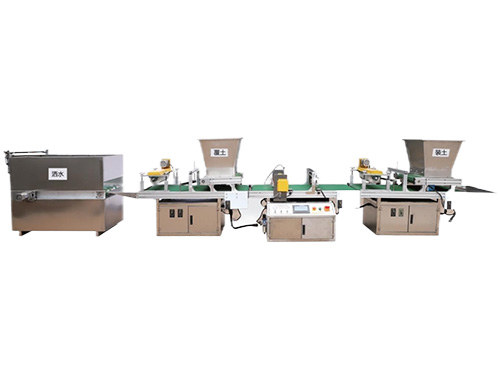
It adopts electrical integration and can be started by pressing the fully automatic button ...
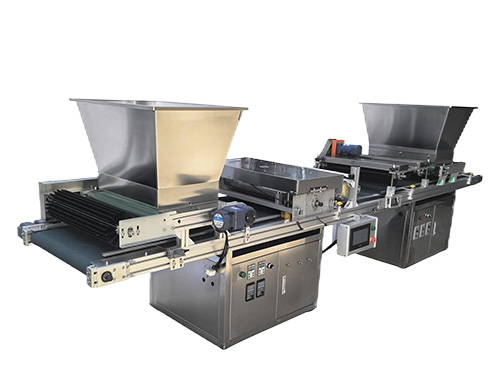
The XP750 seeder has stable performance, excellent product quality, simple and convenient o...
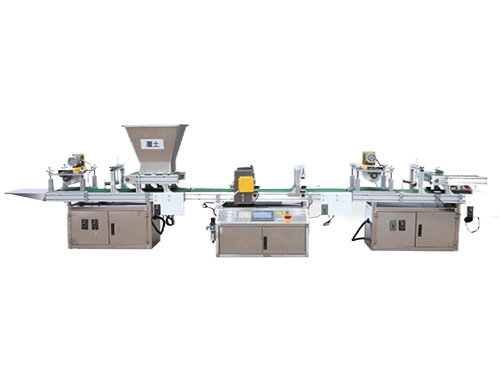
It adopts electrical integration and can be started by pressing the fully automatic button ...
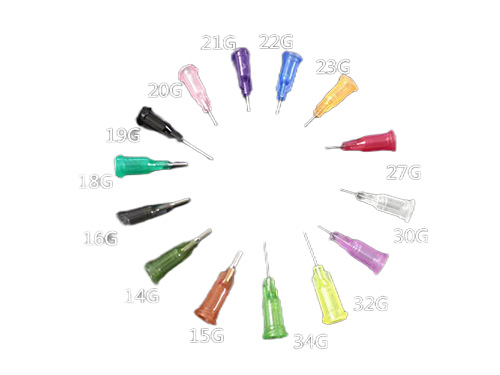
Needle list Seed nozzle model Different models Sowing types are different...



